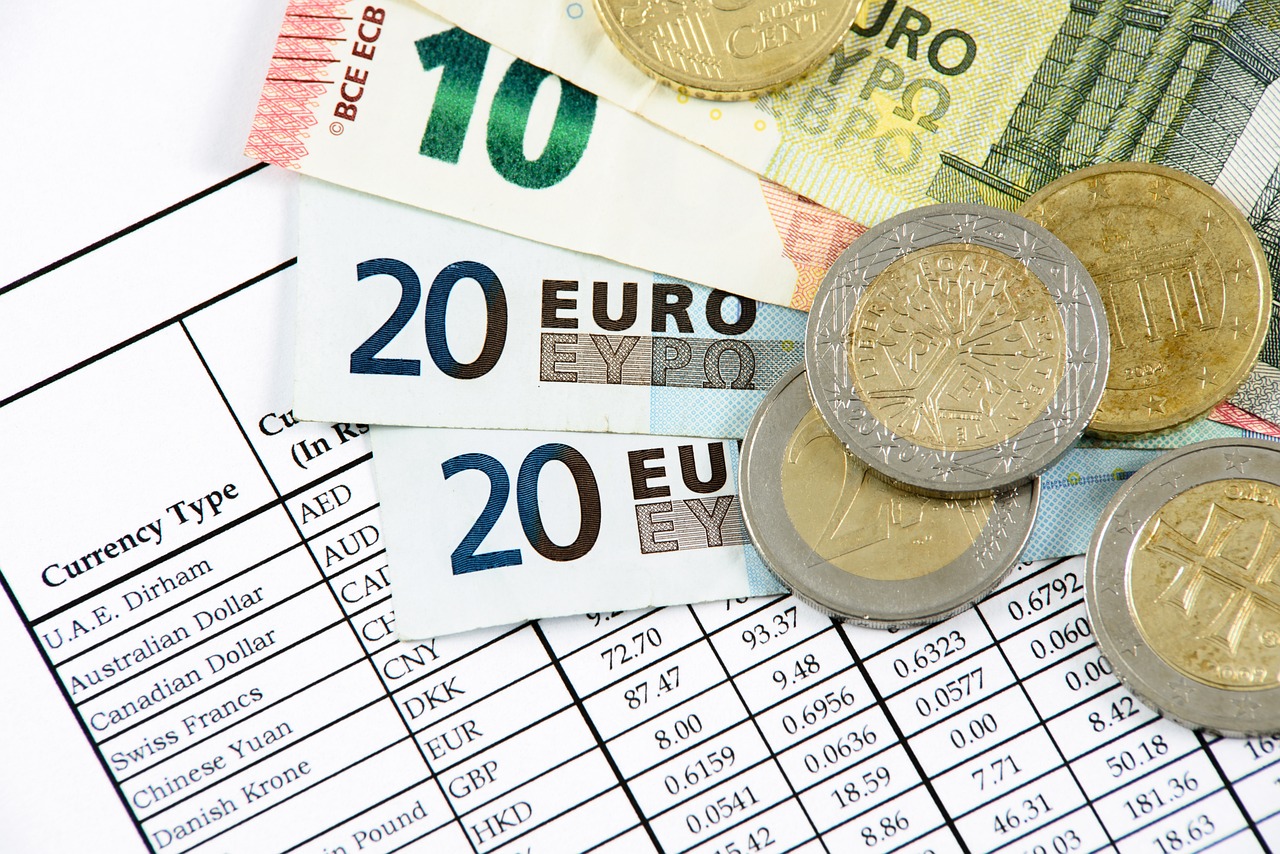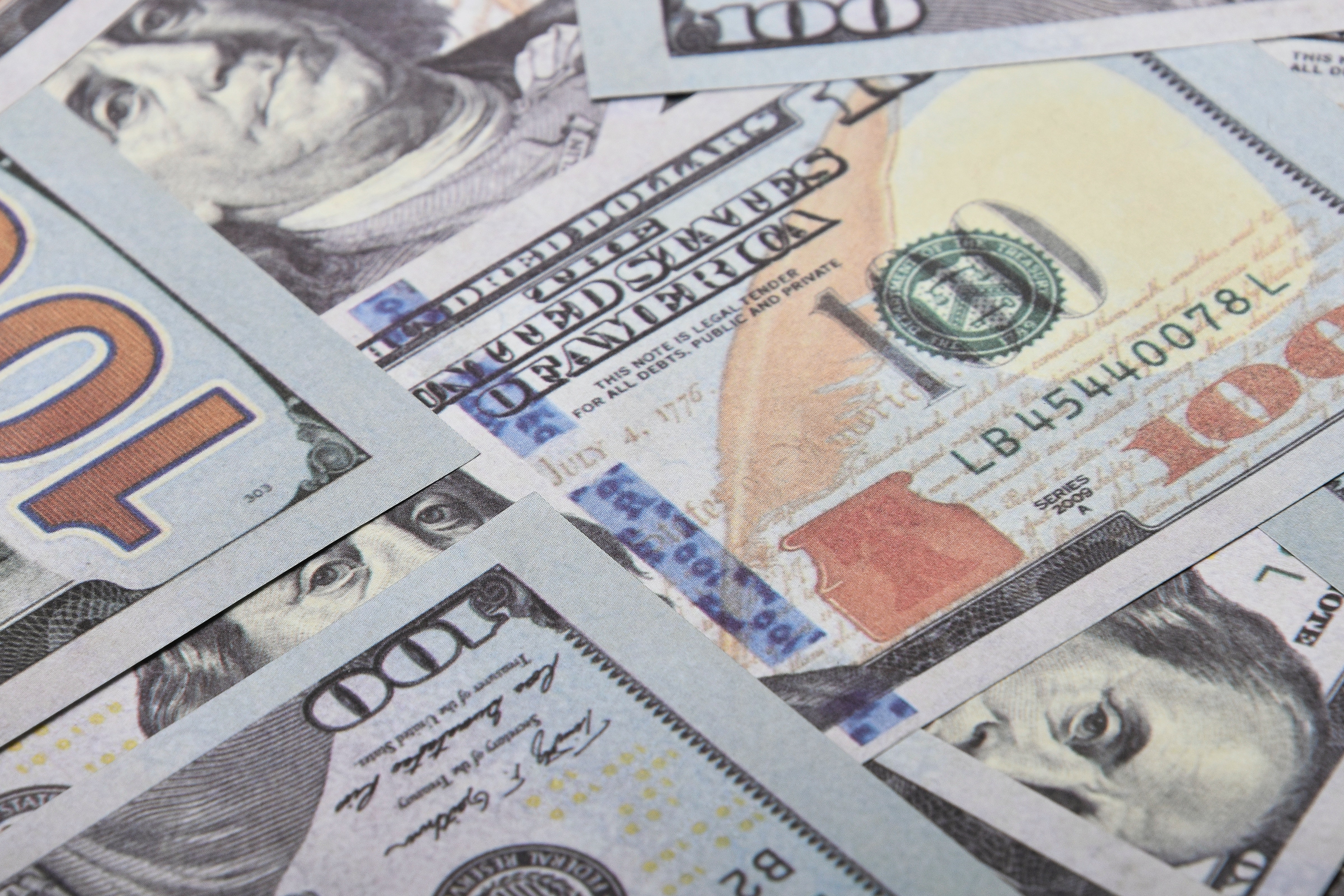Peso to Dollar Exchange Rate: Key Factors, Tips, and Getting the Best Deal for 1,000 Pesos
GPT_Global - 2025-10-17 01:30:04.0 25
What are some factors that affect the exchange rate between pesos and US dollars?
Exchange rates play a crucial role in remittance businesses, especially when transferring money between countries like Mexico and the United States. One of the primary factors that affect the exchange rate between the Mexican peso (MXN) and the US dollar (USD) is the supply and demand for each currency. When there is high demand for US dollars, the peso tends to depreciate, and vice versa.
Another key factor is inflation. If inflation is higher in one country than in the other, the currency of the country with higher inflation typically weakens. In this case, a higher inflation rate in Mexico compared to the US can lead to a weaker peso.
Interest rates also play a significant role. When the US Federal Reserve raises interest rates, it attracts more foreign investment, strengthening the dollar against other currencies like the peso.
Political stability and economic performance are also crucial. Countries with stable economies and political environments generally have stronger currencies. In contrast, political uncertainty or economic instability can lead to fluctuations in exchange rates, which can impact remittance fees and transfer amounts.

Does the type of peso (Mexican, Philippine, Argentine, etc.) affect the exchange rate to the US dollar?
The exchange rate between various pesos (Mexican, Philippine, Argentine, etc.) and the US dollar plays a crucial role in the remittance business. Each type of peso has its own economic factors influencing its value, making it important for customers to understand these differences when sending or receiving money internationally.
The Mexican Peso (MXN), for example, tends to be more stable compared to the Argentine Peso (ARS), which can experience volatility due to inflation and economic challenges. The Philippine Peso (PHP) may also fluctuate, influenced by factors such as foreign investments and remittances from abroad.
Understanding the exchange rate is essential for remittance businesses to offer competitive rates. For customers sending money, the exchange rate directly impacts the amount received by the recipient. Fluctuations in the value of a specific peso could lead to variations in how much money arrives at its destination.
For those sending remittances, choosing the right service and tracking exchange rates can ensure that more funds reach the recipient. The type of peso in play significantly affects the cost and efficiency of international money transfers. Keeping an eye on these fluctuations can save money for both senders and recipients.
How can I calculate the equivalent of 1,000 pesos in US dollars for my budget?
When managing a budget, it’s important to understand how to convert foreign currencies to ensure accuracy, especially when dealing with remittances. If you’re receiving or sending money in pesos, you may want to know how to calculate the equivalent in US dollars.
To determine the value of 1,000 pesos in US dollars, the first step is to check the current exchange rate. The rate fluctuates daily, so it’s important to use a reliable online currency converter or consult your remittance service provider for the most up-to-date figures.
For example, if the exchange rate is 1 USD = 50 pesos, then 1,000 pesos would equal 20 US dollars (1,000 ÷ 50 = 20). Always ensure to factor in transaction fees or service charges, as these can affect the total amount received.
By calculating the exchange rate carefully and staying informed about fluctuations, you can manage your budget more efficiently. Using a trusted remittance service provider ensures that you get competitive rates and avoid unexpected fees.
Do currency exchange services offer better rates for large sums like 1,000 pesos?
When sending remittances or exchanging currency, many people wonder if larger sums, such as 1,000 pesos, yield better exchange rates. The short answer is yes—currency exchange services often provide more competitive rates for larger amounts. This is due to the way foreign exchange markets work, where higher transaction volumes generally result in better rates for both the service provider and the customer.
For individuals sending remittances, exchanging 1,000 pesos or more can lead to more favorable rates than exchanging smaller amounts. Many exchange services offer tiered pricing, with larger transactions receiving a better rate to encourage higher volume business. However, it’s important to shop around, as exchange rates can vary widely between providers.
While many financial institutions and remittance services offer these benefits, fees can still impact the overall cost. It’s crucial to balance the exchange rate with any service fees to ensure the best deal when transferring money across borders. Always ask for a clear breakdown of fees and rates before proceeding with a transaction.
What should I watch out for when exchanging 1,000 pesos to US dollars in a foreign country?
When exchanging 1,000 pesos to US dollars in a foreign country, it’s essential to be aware of several factors to ensure you get the best deal. Firstly, check the current exchange rate, as it fluctuates regularly. Compare rates offered by banks, exchange services, and even local currency exchange kiosks, as they may vary significantly.
Secondly, watch out for hidden fees or commission charges. Some services may advertise competitive rates but add extra fees that reduce the value of your exchange. Always ask about any additional charges before completing the transaction.
Another critical aspect is the location where you exchange money. Avoid exchanging at airports or tourist-heavy areas, where rates are often less favorable. Local banks or specialized currency exchange shops might offer better deals.
Lastly, ensure that the US dollar bills you receive are in good condition. Some exchange services might offer lower rates for damaged or old bills. To get the most value out of your 1,000 pesos, take time to compare options and choose the most reliable, cost-effective service for your needs.
Can I directly use pesos in the US, or do I need to convert them to US dollars?
When sending money internationally, many people often ask, "Can I directly use pesos in the US, or do I need to convert them to US dollars?" The short answer is no. U.S. businesses and individuals typically do not accept pesos as a form of payment. The U.S. currency is the U.S. dollar (USD), so any funds received in pesos will need to be exchanged for USD.
For those involved in remittance services, it’s important to be aware that sending pesos to the U.S. means your recipient will have to convert those pesos into dollars. Most banks and remittance services, however, offer easy conversion options. In fact, many remittance companies allow the sender to send pesos directly to a recipient’s bank account in the U.S., which can then be exchanged for dollars, often with minimal fees involved.
If you're sending money to the U.S. from a country that uses pesos, such as Mexico or the Philippines, ensure your remittance provider offers favorable exchange rates and low fees. This ensures your recipient receives the best possible value for their money.
How accurate are the online currency conversion tools for determining how much 1,000 pesos equals in US dollars?
The rise of online currency conversion tools has made it easier for individuals and businesses to determine how much one currency is worth compared to another, especially when sending remittances. For example, you might want to know how much 1,000 pesos equals in US dollars. But how accurate are these online tools?
Most online currency converters provide relatively accurate results, but the numbers they show are based on real-time exchange rates. These rates can fluctuate frequently due to global market changes. It's important to remember that currency converters often display mid-market rates, which may differ from the rate a financial institution offers for remittances.
When transferring money internationally, the exchange rate offered by banks or money transfer services can vary slightly from what online converters show. This is because remittance services may add a margin to the exchange rate or charge additional fees for their service. Therefore, while online converters provide a good estimate, always verify the exact rate with your remittance provider before making the transfer.
In conclusion, while online tools are helpful, always check with your remittance service for the most accurate and up-to-date exchange rates to ensure you're getting the best deal.
About Panda Remit
Panda Remit is committed to providing global users with more convenient, safe, reliable, and affordable online cross-border remittance services。
International remittance services from more than 30 countries/regions around the world are now available: including Japan, Hong Kong, Europe, the United States, Australia, and other markets, and are recognized and trusted by millions of users around the world.
Visit Panda Remit Official Website or Download PandaRemit App, to learn more about remittance info.



